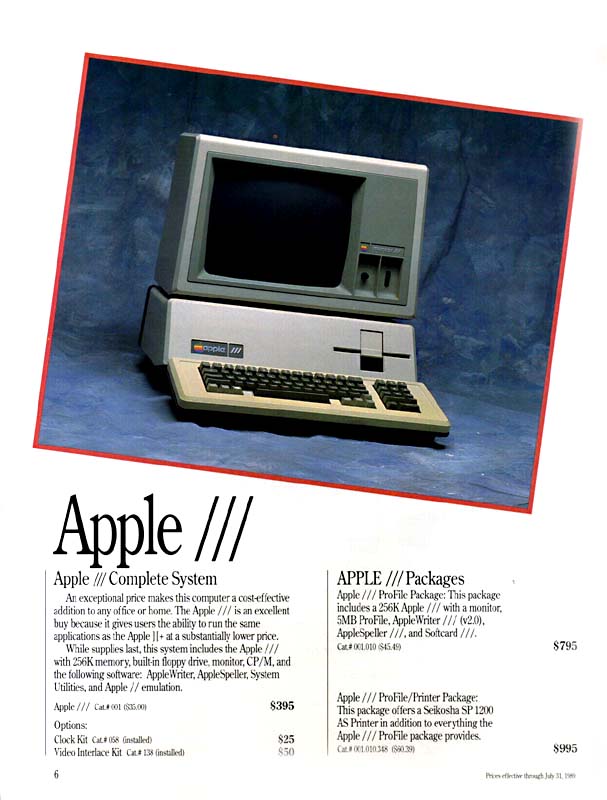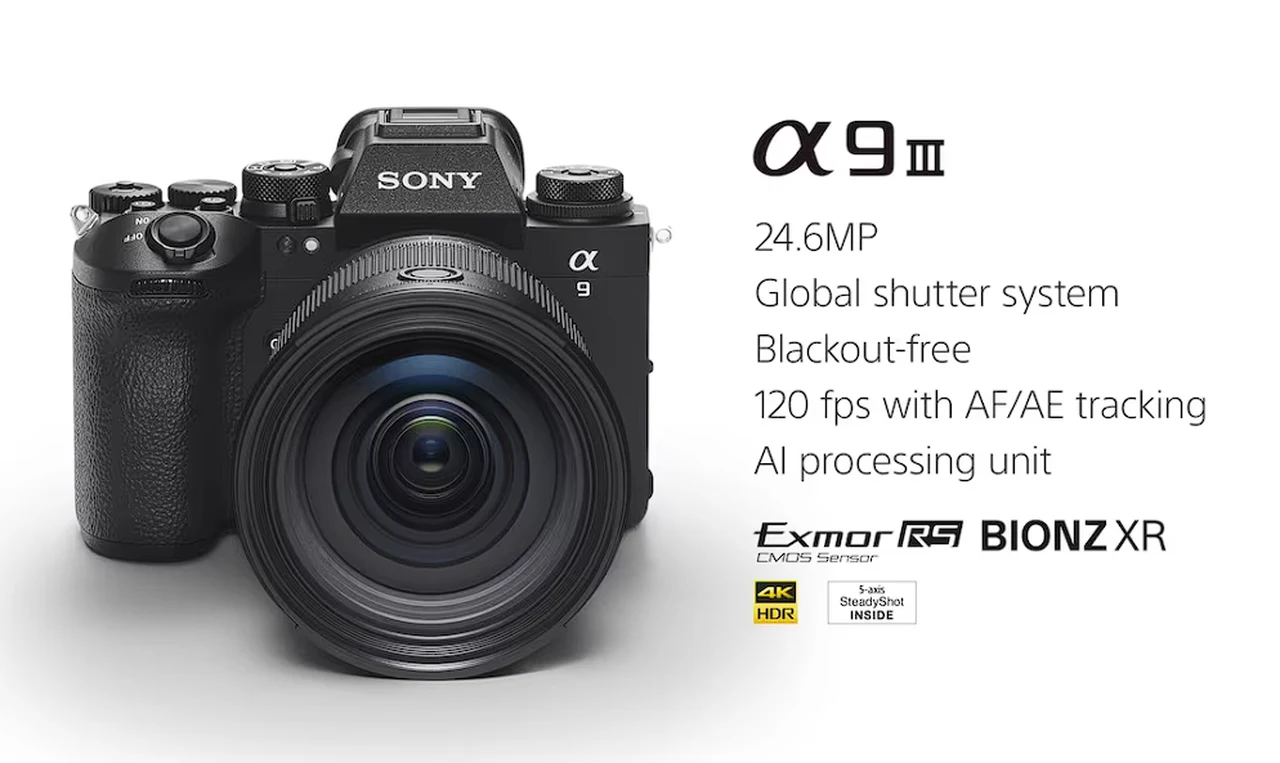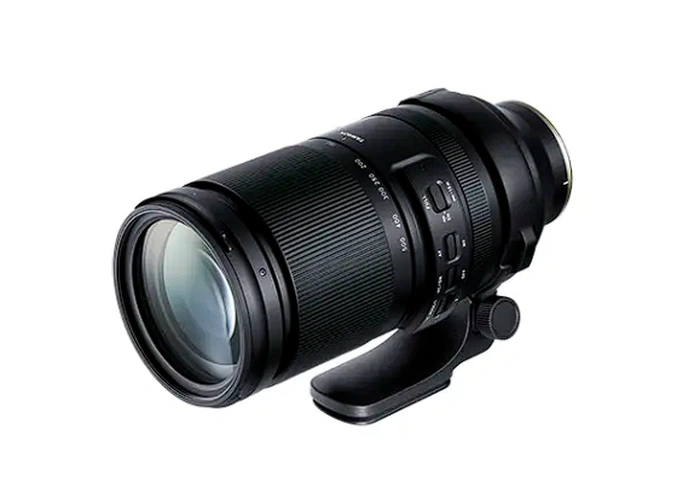[ad_1]
 April 15, 1981: Apple CEO Mike Markkula defends the struggling Apple III with a surprisingly straightforward admission. The comment comes even as the company pushes an unorthodox “fix” for the Apple III motherboard, which tends to overheat due to a questionable design.
April 15, 1981: Apple CEO Mike Markkula defends the struggling Apple III with a surprisingly straightforward admission. The comment comes even as the company pushes an unorthodox “fix” for the Apple III motherboard, which tends to overheat due to a questionable design.
“It would be dishonest for me to sit here and say that it’s perfect,” he tells The Wall Street Journal, after critics blast the new computer for its overheating motherboard. Apple’s official solution to the problem? Ask users to drop their Apple III from a height of 6 inches, thereby hopefully reseating the chips.
Apple III: Apple’s first flop
Apple introduced the troubled Apple III, which would become Cupertino’s first official flop, in May 1980. On paper, the Apple II’s doomed successor should have been a massive success. For the first time, this wasn’t a computer singlehandedly built on virtually no budget by Apple co-founder Steve Wozniak. Instead, it was the work of a committee of talented engineers working for a well-funded company.
Unfortunately, this meant the computer suffered from a confused identity. Everyone harbored their own ideas about what it should do. The result: “feature creep,” and a project that took longer than it should have. And, of course, that overheating Apple III motherboard.
An Apple computer built for business
From Apple’s perspective, one of the imperatives of the Apple III was that it should be a business computer. Although sales of the Apple II showed no signs of slowing down, and the Macintosh project was just getting started, Apple wanted a computer that would appeal to companies. The IBM PC was already heavily rumored, and Apple wanted to construct a machine that could shoot it down.
The original Apple III boasted a 2 MHz SynerTek 6502A processor, 2KB of ROM, 128KB on-board RAM and four slots for peripherals. It ran twice as fast as the Apple II and was Apple’s first computer to come with a built-in 5.25-inch floppy drive.
The computer could emulate the Apple II, but came with its own Sophisticated Operating System. Cupertino pronounced it “soss” (like “Apple sauce”). Instead, people referred to it as “S.O.S.” when the full scale of the Apple III disaster became apparent.
Big problems from Day 1

Photo: Apple
A few big problems accompanied the Apple III rollout. Production delays meant that volume shipments of the computer did not begin until March 1981.
The price, which ranged from $4,340 to $7,800, proved another sticking point. By present standards, a fully kitted-out model cost nearly $27,000, adjusted for inflation.
Apple III’s motherboard overheats
The Apple III’s motherboard problem took the cake, though.
Steve Jobs insisted that the computer not feature a cooling fan. He also dictated the Apple III’s size and shape, without concern for what this would mean for electrical engineers. This resulted in the overheating motherboard, and Apple’s “just drop your computer” workaround.
Apple did do more than this to try and make good, however. It promised to swap out bad Apple III models for new ones, no questions asked. It later launched an upgraded Apple III, which arrived in December 1981.
Sadly, by that point, it was too little, too late. By the end of 1983, months before the Macintosh 128K launched, Apple had sold only 75,000 Apple III computers.
To put that number in context, the Apple II — which the Apple III was designed to replace — sold close to that number every month at the time.
Were you an Apple III owner? Did you experience an Apple III motherboard problem? Let us know in the comments below.
[ad_2]
Source Article Link








